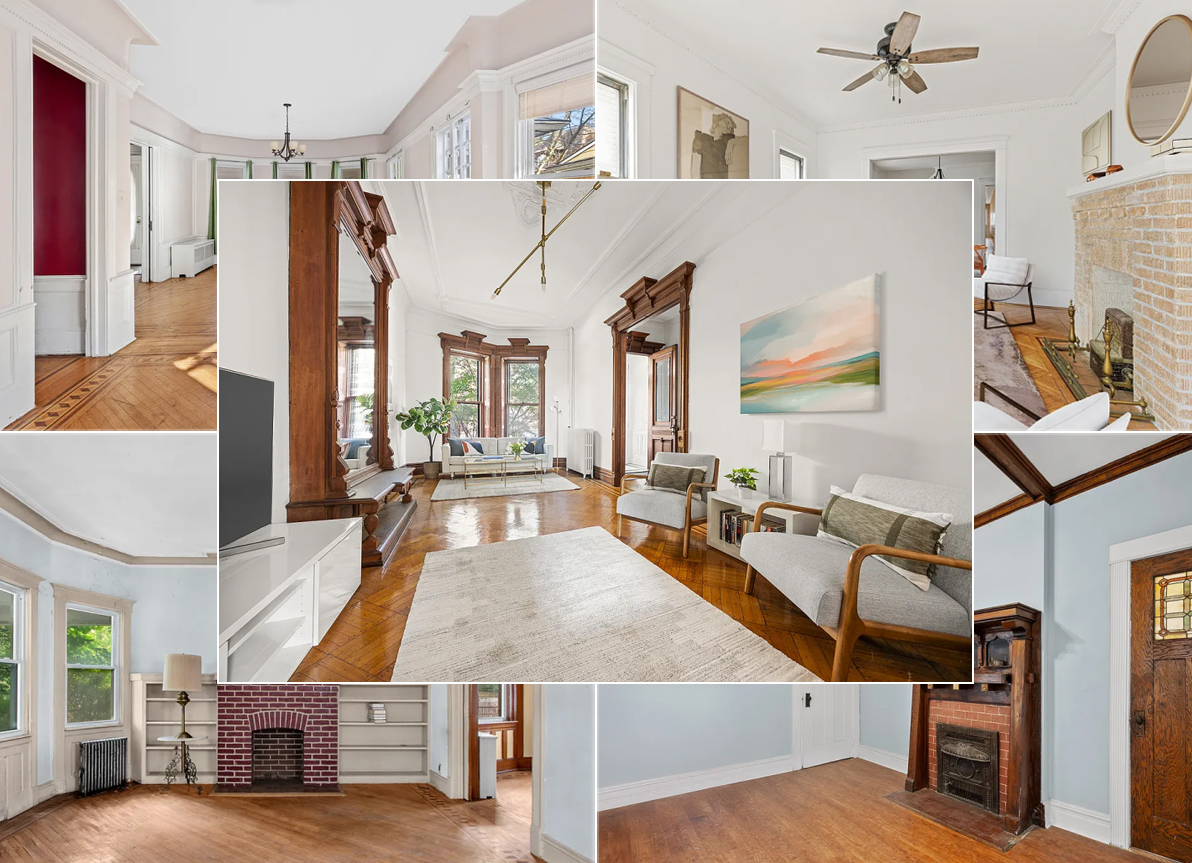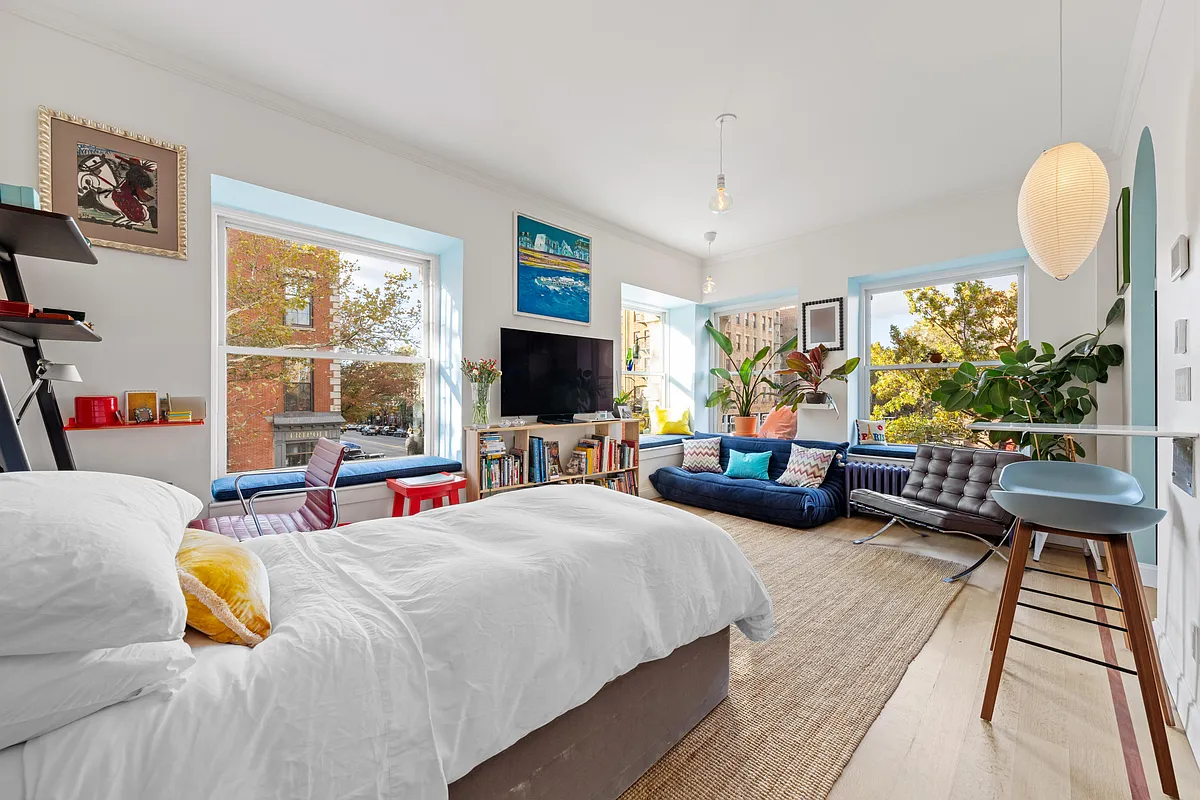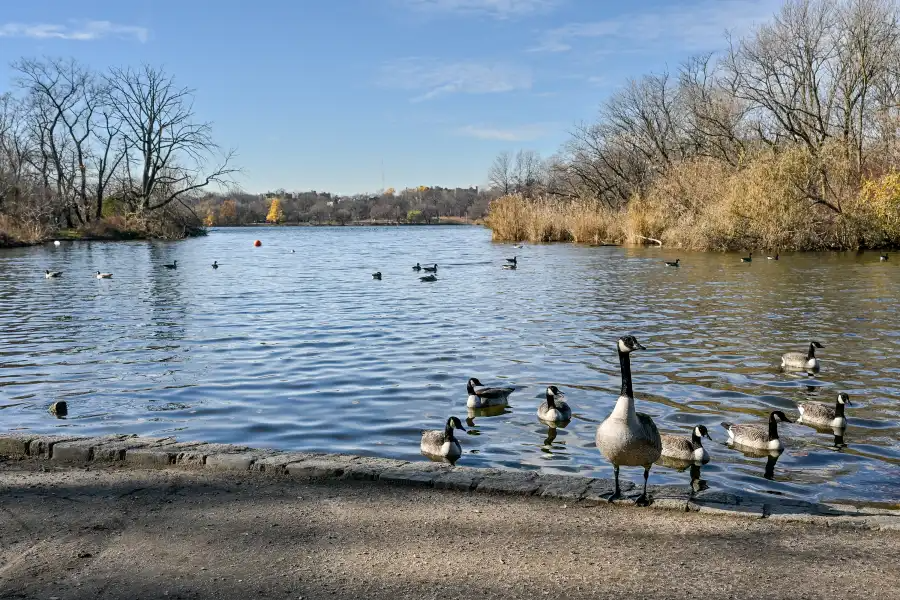House of the Day: Adelphi Frame on the Sly
We were visiting some friends on Adelphi Street last weekend when they mentioned that a frame house down the block was for sale. The price? $1.7 million. We were intrigued because we hadn’t seen it listed anywhere. A check-in with Property Shark reveals that the four-story house is on the small side at 23-by-35 feet…
We were visiting some friends on Adelphi Street last weekend when they mentioned that a frame house down the block was for sale. The price? $1.7 million. We were intrigued because we hadn’t seen it listed anywhere. A check-in with Property Shark reveals that the four-story house is on the small side at 23-by-35 feet and on a shallow lot (75 feet) as well. But this is one of those houses where square footage is less important than the architecture, in our opinion. We’re interested to hear from the peanut gallery, but from what we gather the house is in great shape on the inside. Anyone know how long it’s been on the market and whether, in fact, it is listed with any broker?
GMAP P*Shark





I see your point. I was just hammering it home 🙂
I think there was a calculated 20-25% loss in effeciency in that case. Although I think you can get state/federal $$ towards solar panels that offsets appoximatly 50% of that cost. I don’t know all the details though – just starting to research it now.
That was part of the point I was trying to make HC, that there are few single family homes in most parts of Brooklyn. Even a frame house like the one on this post is a multi-unit house.
The painful truth is that even if the neighbors to your rear can see your roof, you have to get any changes to your building approved by Landmarks. I’m not saying the LPC would NEVER approve them, but in most instances with any visibility you would end up paying $25,000 for a solar system that works at 30% efficiency because it isn’t allowed to be angled properly and has to lay flat on your roof.
Her reasoning, not mine. Some people are just mean or spiteful I guess. It was a fairly industrial area. . .
Who gets the urge to smash solar panels?
I mean, car windows I understand. But solar panels?
The panels can be installed flat – but you lose efficiency. I also have a hard time believing that Landmarks wouldn’t allow something that would only be visible from above. . .
One woman I know installed them flat so people wouldn’t know they were there (and potentially vandalize them with rocks, etc).
Multiunit apartment buildings are far “greener” than a typical single family home. Shared walls – less materials. Stacked units – less heating and cooling. High density – less travel to amenities.
My not-to-green husband loves to point to studies showing that subway-riding apartment-dwellers have less impact on the environment overall than a religiously-recycling, hybrid-driving, suburbanite with a 3,000 sq ft, single family home made out of new materials with a big lawn.
They don’t lay flat, and are visible.
It’s an interesting issue: would Landmarks consider more green with its brown/limestone? It’s a wonderful combination: preserving the past while conserving the future.
Shahn– really, no solar panels in landmarks?? i had heard on “the gurus of how-to” on wnyc that brownstones can be solar powered. i would love to do it. i did some brief research… but hadn’t even considered the Landmark issue, since it’s on the roof. i assumed they lay flat and wouldn’t be visible. hhmmmmmm….
Great curb appeal. The price seems a little high, but then as a buyer, I always think they are high.
How “green” is your place Anon 12:16? How green is any home in Brooklyn built 100 years ago? We aren’t allowed to put solar panels or a wind generator on Landmarked buildings. Only people with a detached house have any hope of using geothermal heating, so what are our green options, really?
Saying, “Heat a smaller house” is a laughable solution in a city where almost every house is actually a multi-unit apartment building with every rentable space rented.